The impacts of ambient condition when placing concrete.
Concrete is a composite material made from water, fine and coarse aggregate, which is bonded with binder paste (cementitious material, limestone, polymer, …)
I. What is concrete?
Concrete is a composite material made from water, fine and coarse aggregate, which is bonded with binder paste (cementitious material, limestone, polymer, …) in a certain ratio. After being cured, concrete enhances its strength by hydration reactions.
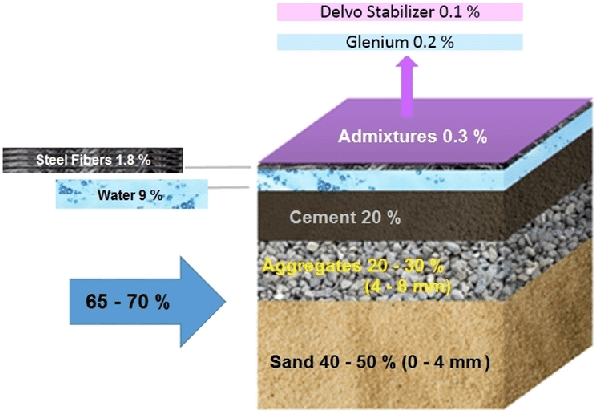
(Source: Internet)
Concrete has capillaries and hollows structures even with solid concrete so that it could be easily affected by the weather condition, which contains erratic changing humidity.
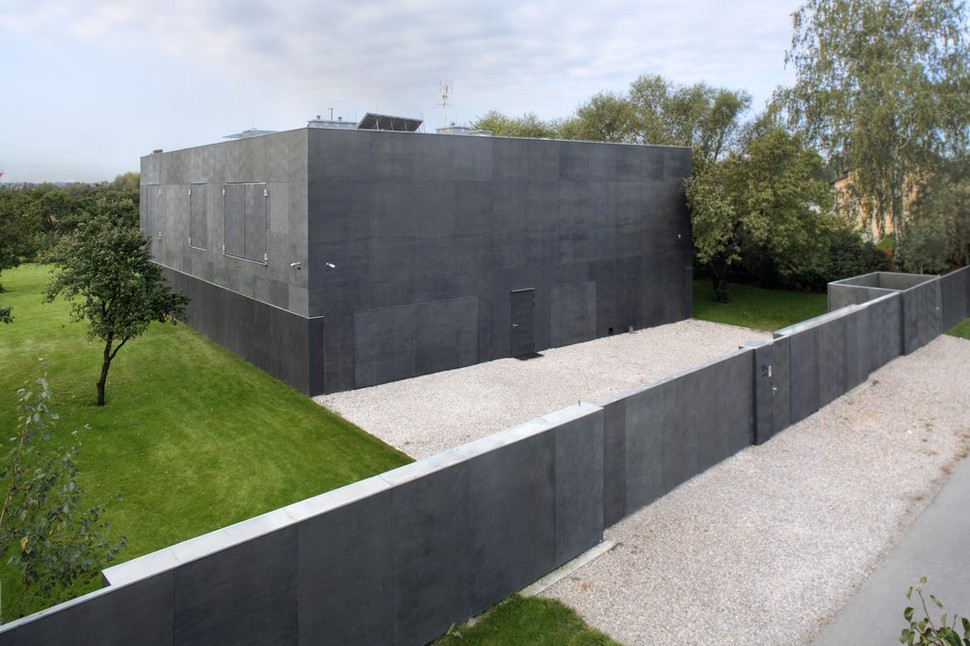
(Source: Internet)
II. Which factors directly harm concrete structure?
As mentioned above, concrete is sensitive with humidity and temperature as its components and structure; Therefore, the elements of the environment that directly changing the humidity or degree of heat such as:
- Weather condition:
In the hot or cold weather during the curing and setting process could create degradation in the structure of concrete because it makes negative effects on the enhanced strength reaction inside the concrete. Especially with massive concrete because the gap of temperature inside and outside of concrete block could make the failure of strength development.

(Source: Internet)
For example, placing concrete in the freezing condition could retarded the strength gain of concrete, which could prolong the project schedule.
- Properties and shape of aggregates:
Aggregate with flat or angular shape could increase the separation inside concrete, which means that concrete loses its consistency in the structure.

(Source: Internet)
- Placing and curing technology for concrete:
This factor directly affects the structure of concrete because it decreases the rate of capillaries, which causes almost the failure in structure. A suitable placing and curing not only allow concrete to fully work its capacity but also protect the reinforcing steel inside concrete from corrosion.

(Source: Internet)
- The ratio of additives affects the workability of concrete.
Additives are usually used to enhance the properties of concrete, but the rate of additives must be calculated carefully, because overdosage of additives directly impacts the chemical reaction to strength development of concrete.
.gif)
(Source: Internet)
For example: Silica fume is the one of the most popular additives to increase the intensity of concrete as well as its strength. Silica fume could be obtained from the metallurgy.
However, its surface is large so that when using silica fume, concrete requires a higher ratio of water or using plasticizer additives to structure, waterproofing, strength, durability, and ability of concrete to protect the reinforcement in exposure environments.
III. The consequences
Most buildings and landscapes are made from concrete so that when the degradation occurs in the concrete could lead to the failure of construction.
- Losing the aesthetics of the building
- Degrading performance of the structure
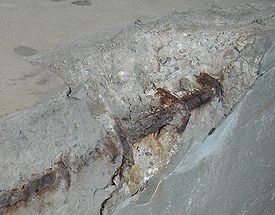
(Source: Internet)
- Spending a number of resources for maintaining and repairing costs.
Others:
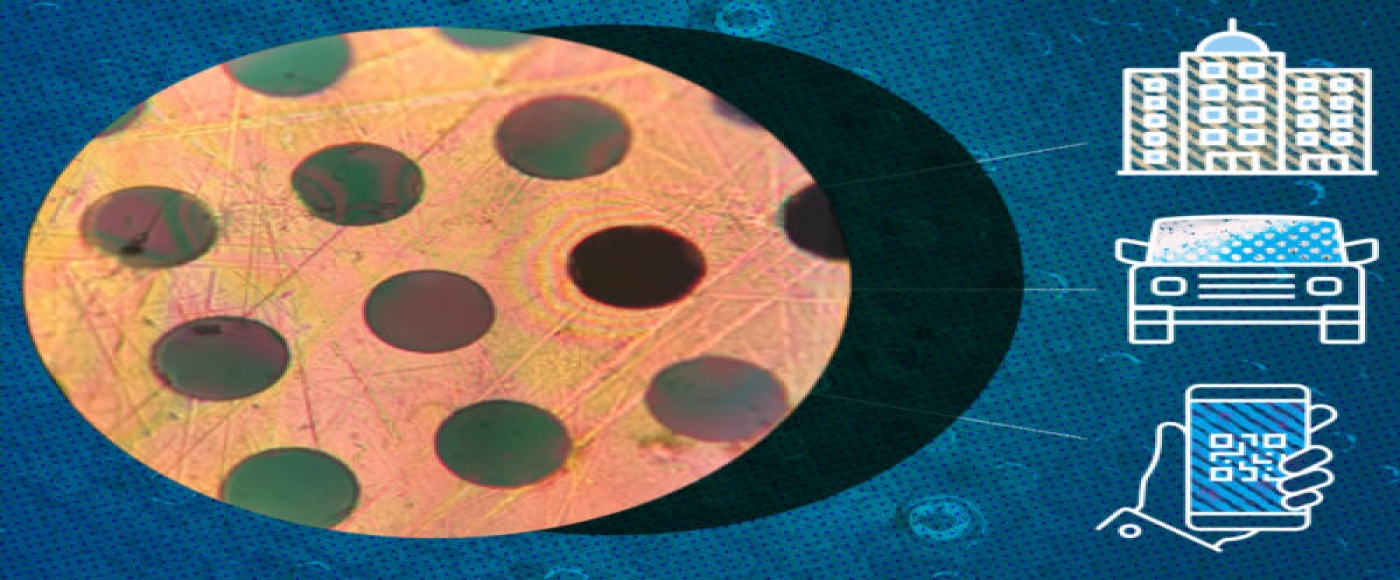
AN ‘IMPOSSIBLE’ 2D MATERIAL STRONGER THAN STEEL
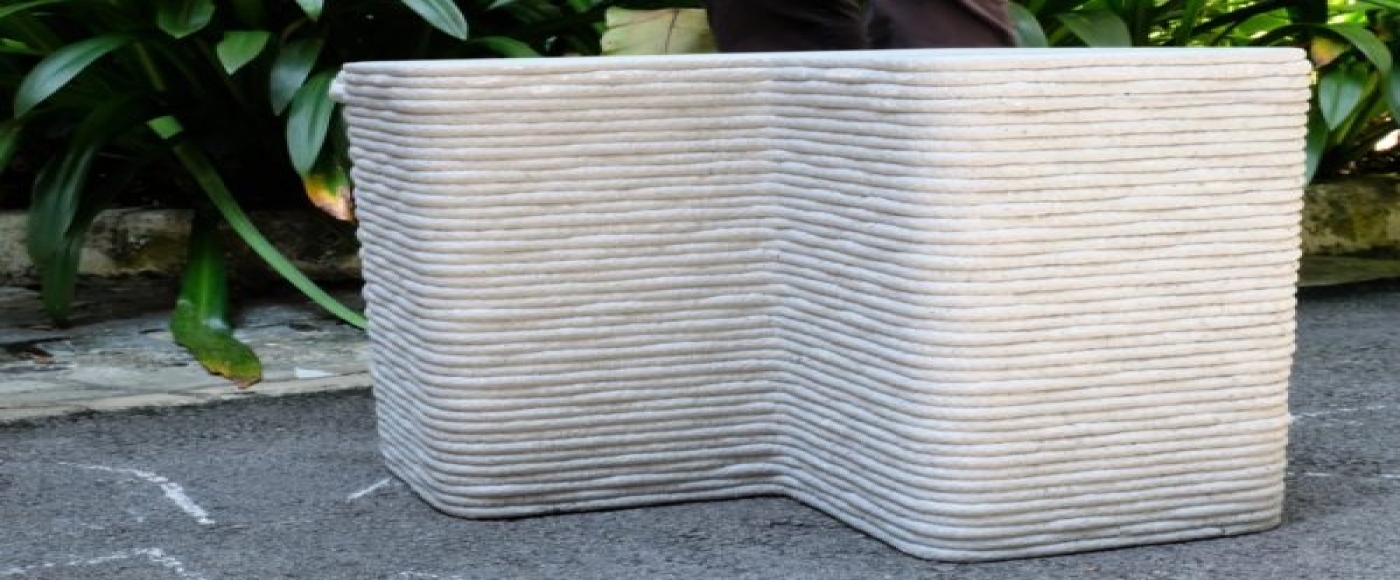
REPLACING SAND WITH GLASS WASTE IN CONCRETE 3D PRINTING
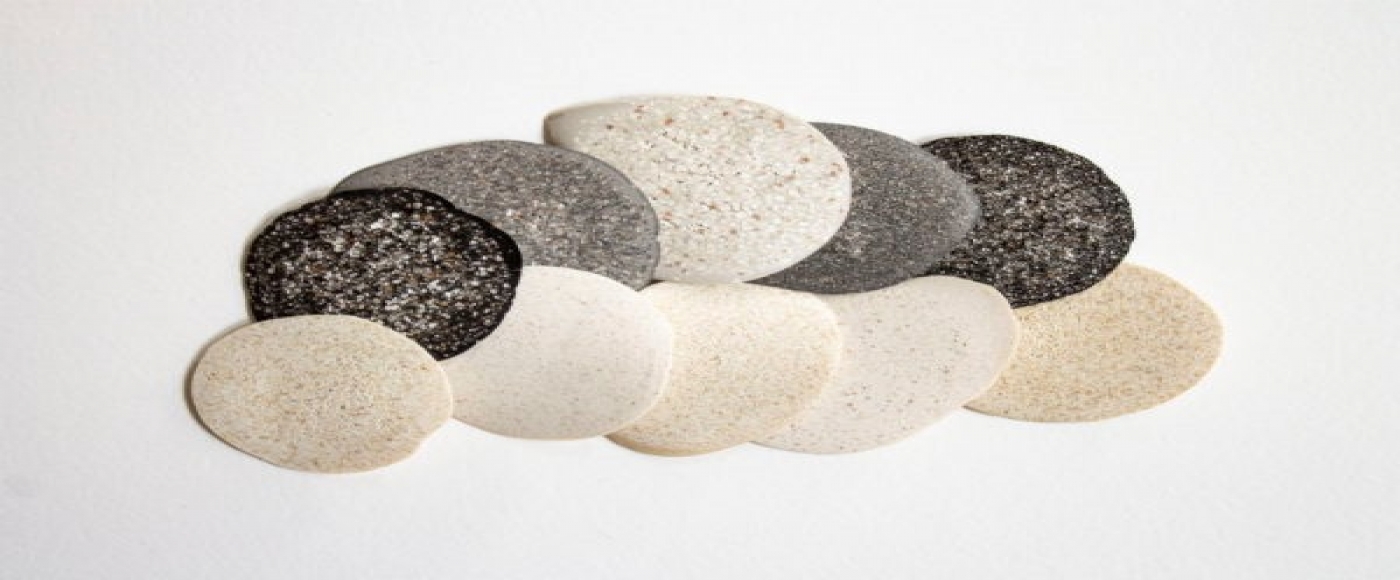
CERAMICS MADE OF EGGSHELLS
Vietnam’s Hospitality Real Estate – Time to rebuild

HoSkar Night - Networking Redefined



